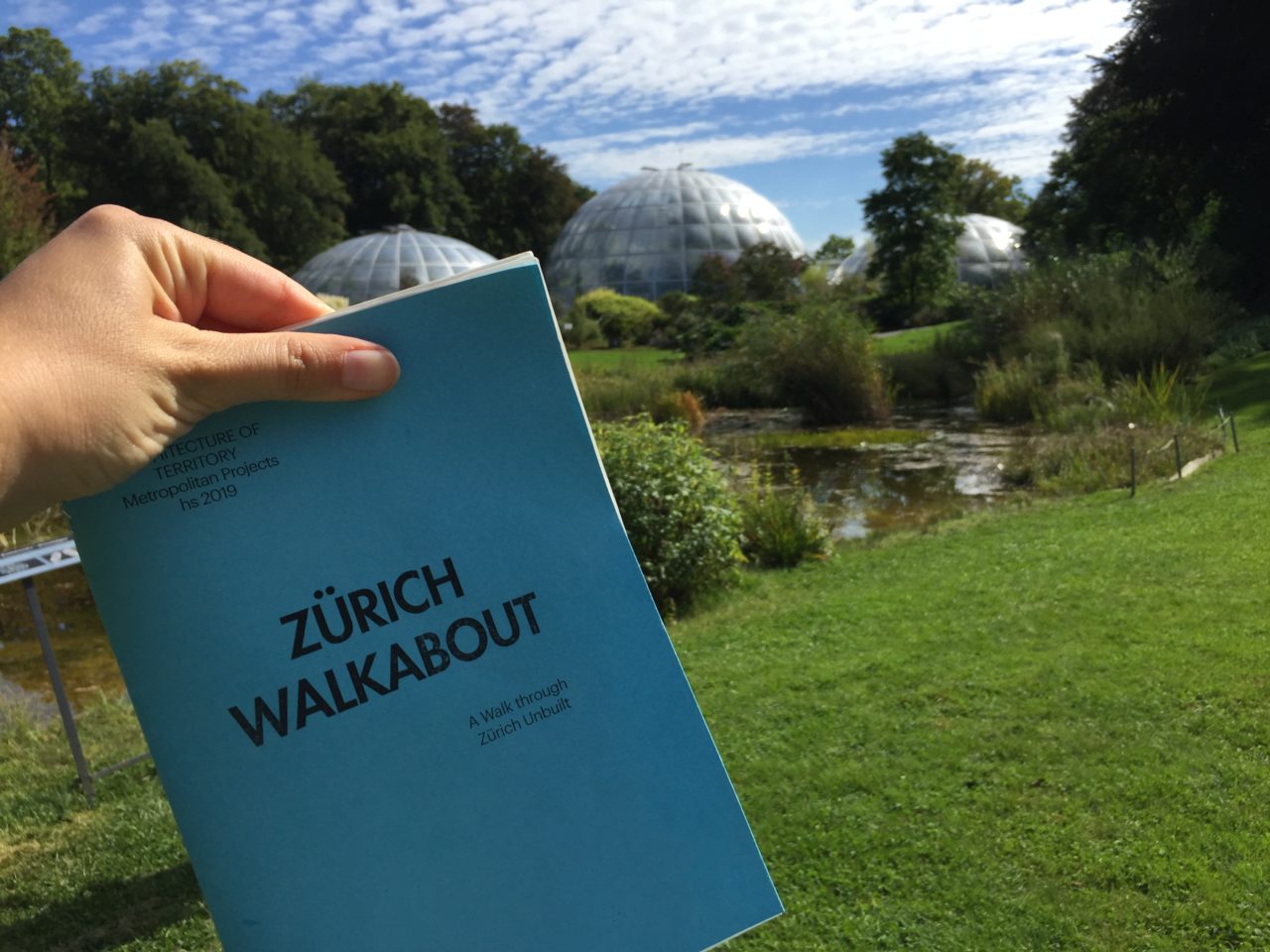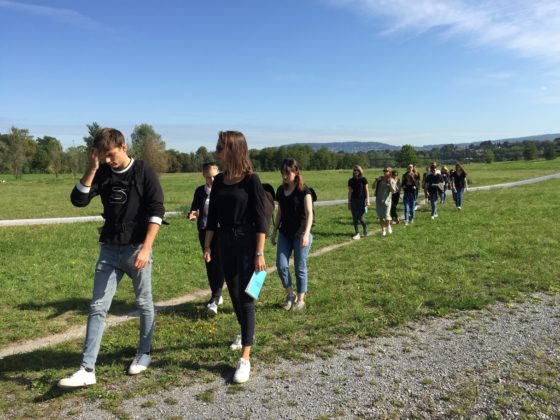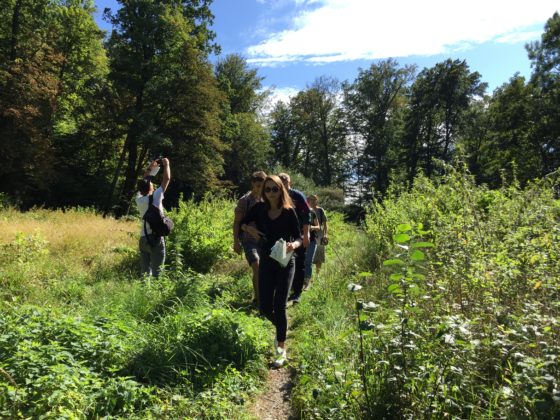
Can we, as researchers of the territory, still investigate and learn about our built and the unbuilt environments through direct experience? Can we rely merely on digital cartographies, or should we still be explorers who embark on journeys of discovery? We have tried to answer these questions by walking in the city in order to discover what is hidden, and by travelling the world of literature in order to arrive at critical insights.
After ten years of fighting in the Trojan War, Odysseus, the king of Ithaca, started his journey back home. In the eponymous epic poem, Homer narrates this legendary quest which lasted for another decade, due to the calamities the hero encountered on the way. Many centuries later, James Joyce’s opus magnum Ulysses, a latinized variant of Odysseus, is considered an epitome of twentieth century modern novel. The story recounts a single day of wanderings by the main character, Leopold Bloom, through his city of Dublin. Until his death in 1941, Joyce was a frequent visitor in Zurich – his resting place, the Fluntern Cemetery, was one of the stops of our Zurich Walkabout – a peripatetic odyssey in the city, performed by our team and students on the occasion of the introduction of our fall 2019 design studio.
The walkabout concept originates from indigenous Australian culture. A journey made on foot is seen as a rite of passage, where the person engaged in this transformative experience proves that he can read the signs left on the Earth’s surface, find her/his way and survive in the wild. Those who go on a walkabout are able to advance with the help of songlines, oral maps that guide them along invisible paths in a vast territory. Following this, the idea behind our Zurich Walkabout was to replace a usual sedentary and static approach to an urban design project, and instead to start the design studio with a mobile, heuristic and performative engagement – by actually venturing into the field.
Thus, on September 17, 2019 we performed a one-day odyssey, starting at 10:00 at the Brunau Station and ending at the Rigiblick at 17:00. The route moved through open landscapes of the city – parks, gardens, forests, farms, and cemeteries – helping us focus on the central theme of our studio – the unbuilt. Along the route, we read selected passages by Joseph Beuys, Lucius Burckhardt, Gilles Clément, J. J. Rousseau, and others, who wrote about nature, and its relationship to culture. Along the route, we also introduced the students to other fieldwork methods we deploy beside walking: photography, video, documenting, drawing and collecting. During the day, our feet-on approach was translated into performative in-situ mappings, and a week later it resulted in a mixed-media exhibition in the studio space. In the weeks that followed, the students adapted these methods of inquiry to their project sites and case studies. In these explorations in the territory, they were able to simultaneously deploy both architectural and mobile ethnographic methods, and to produce authentic, multi-sensual and critical site portraits, essential in forming their design approaches.
Dr. Nazlı Tümerdem is an architect from Istanbul. She completed her Ph.D. entitled ‘Istanbul Walkabouts: A Critical Walking Study of Northern Istanbul’ (2018) at Istanbul Technical University and continues performing walks around northern Istanbul as a part of her walking research project Istanbul Walkabouts. Currently, she is a postdoctoral researcher at ETH Zurich D-ARCH Chair of Architecture and Territorial Planning.

